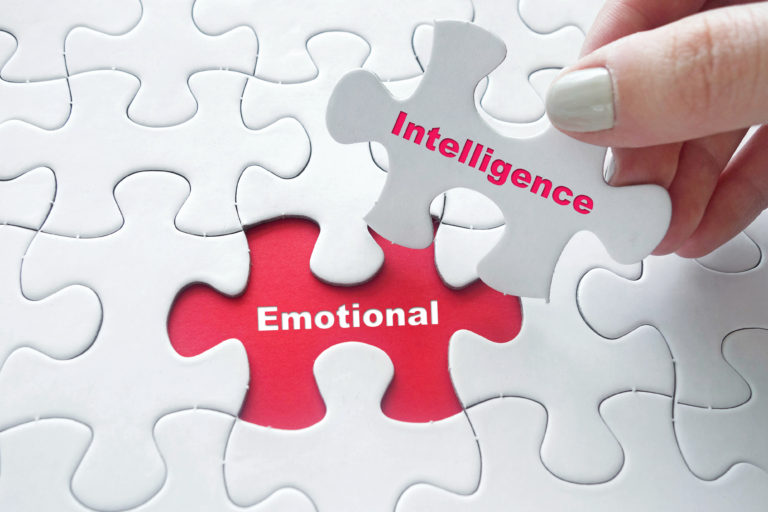
Most of us have had the experience of working on some kind of integration – a system integration, a process integration, or a business integration. Usually we are focused on our intelligence pieces – our project plans, our schedule, and our time/cost savings. As a result, we often miss the emotional piece at the heart of this endeavor – the questions, concerns, and experiences of the team receiving our “intelligence.” A recent Price Waterhouse survey found that gaining people’s confidence and commitment during acquisitions are the biggest challenge to successful integration. Yet only 45% of respondents said they were “completely committed” to integrating staff during the acquisition process. Improving our self awareness, managing emotions, and having empathy are the missing pieces to most integrations- and are needed to complete a project successfully.
Improving Self Awareness. In the Harvard Business Journal article, What Self Awareness Really Is (and How to Cultivate It), self awareness is like a two way mirror: it’s what you see and reflect internally and externally. Self awareness, not surprisingly, starts with self. It is understanding our values, motives, and behaviors, and how they impact others. It also means understanding how others view us. Before charging in with your “intelligence,” stop and do some self reflection. Add the following to your project plan: How can my strengths help the team during integration? How could my development area impact the team? How am I viewed? How might that impact the project? Taking time to ask – and honestly answer- these question can have a huge impact to your integration.
Managing Emotions. Quick word association: What’s the first thing that comes to mind when I say Bobby Knight? Guessing chair thrower, yeller, maybe basketball came to mind. Winningest coach of all time (at the time of his retirement -902 NCAA Division I games) sadly is not usually our first association with Coach Knight. We all have emotions, and they are important to acknowledge. Managing emotions isn’t stuffing our emotions. It is creating a space between stimulus and response. We want Bobby Knight to be passionate. We just want him to keep four on the floor. We all have things that trigger us- that elicit a deep emotional reaction in us. The trick is not immediately responding to that stimulus. During an integration there may be a sense that the new team is resistant. That you are behind schedule. That the process/system changed, but you don’t see the expected improvement. Instead of charging forward, pause and practice mindfulness. Jon Kabat-Zinn defines mindfulness as “paying attention in a particular way, on purpose, in the present moment, non-judgmentally.” Mindfulness allows you to recognize what you are feeling – mad, frustrated, upset – which creates the space for you to take a deep breath and reset your approach. Add the following to your project plan: What emotions might I experience during this integration? How would I like to handle them? What will it take for me to do that? Creating awareness of your triggers before the heat of the moment can keep the integration from going up in flames.
Having empathy. Empathy is not sympathy. Empathy is understanding another person’s thoughts, feelings, and condition from their point of view, rather than from your own. So try it. If you were on the other side of the integration, what would you be thinking, feeling, and/or worried about? What might help you move forward? The word might is important — empathy is not based on the golden rule but rather the platinum rule: treat others as they would like to be treated. How will you know what they want? Ask and listen. Ask the team what is important to team. What is on their mind? How can you be most helpful? You don’t need to agree with what the other person says — this is not about you, it’s about understanding them. Next listen to their verbal and non-verbal cues during the project and adjust your approach. Add the following to your project plan: How can I find out what this team wants and needs? Add a listening session to the project up front, and check-ins along the way, to be sure you continue to look at progress through their eyes, not just your checklist.
Integrations tend to be a GSD exercise. Successful integrations shift their perspective from Getting Shit Done to Solving Goals Together. Adding emotional intelligence to your integration puzzle will improve both your project and people results- and keep those pieces together.
